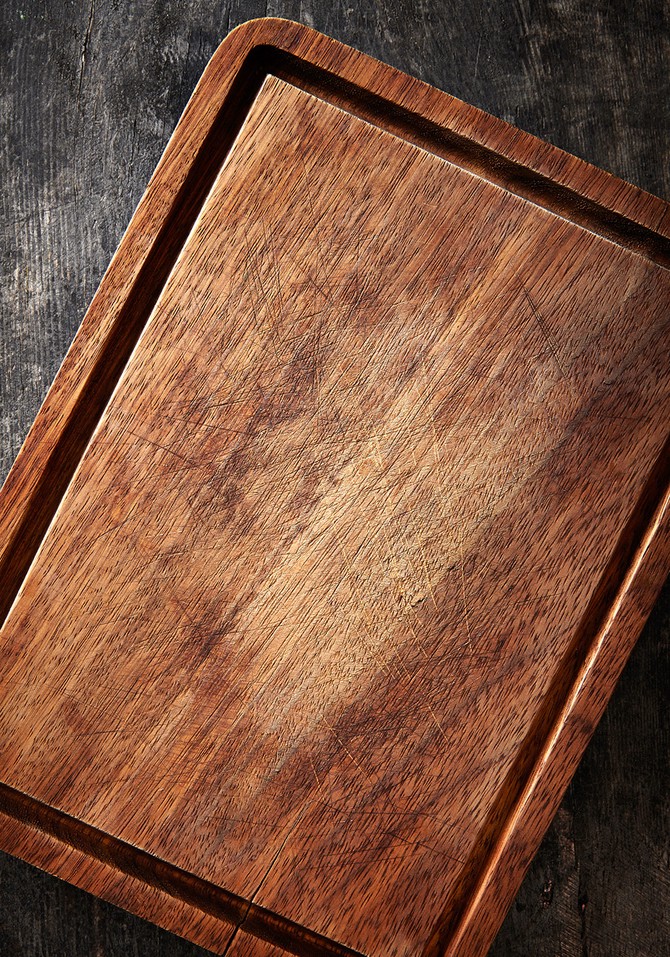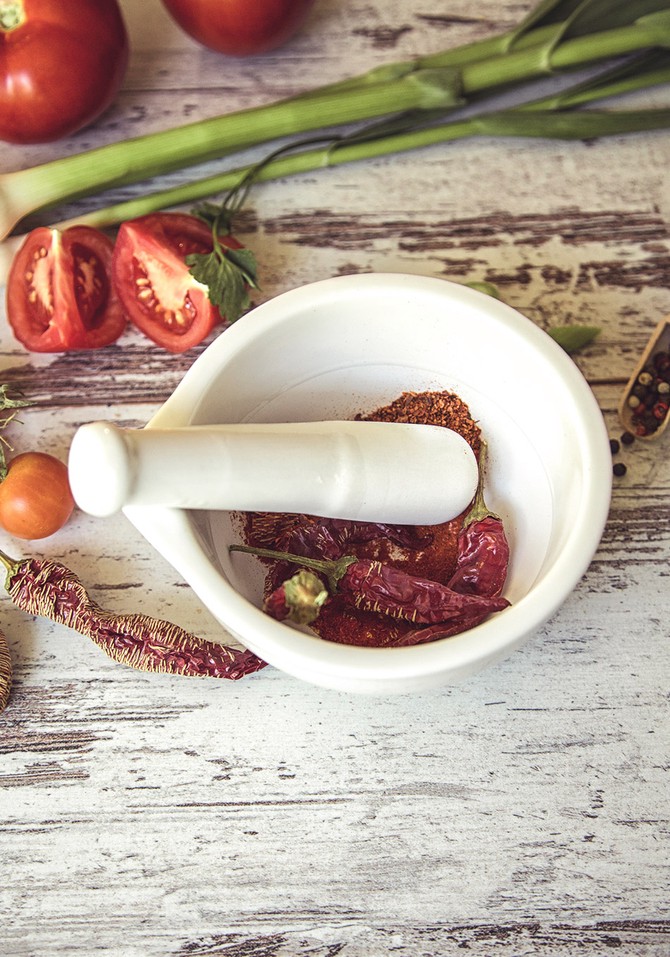6 Kitchen Tools Everyone Should Have in Their Kitchen by 30
You already have some decent pots and a chef's knife. Now, meet the next-level items that might just become your new favorites.
By Lynn Andriani

Photo: ra3rn/iStock
Mandoline
Like many pros, Jeremy Ford, winner of Top Chef season 13, enthusiastically recommends a mandoline slicer—and says inexpensive, handheld plastic models are just fine. These tools, which allow you to slice fruits and vegetables to a uniform thickness (or thinness), will transform the way you handle vegetables. That shaved Brussels-sprouts dish that seems to be on practically every new restaurant menu lately? Easy: Just run the sprouts over the blade (using the handy finger guard) and drizzle lightly with olive oil and lemon juice, or even Caesar dressing. Think you don't like radishes? Once they're paper-thin and sprinkled with sea salt, you may change your mind. Ford also likes to use a mandoline with beets and other root vegetables.

Photo: sadiqrahman/iStock
Copper Bowl
Copper pots can cost a fortune; but copper bowls, which aren't as thick, are more reasonably priced (a basic one is about $40) and will up your baking game, says Erin Byers Murray, author of A Colander, Cake Stand, and My Grandfather's Iron Skillet: Today's Top Chefs on the Stories and Recipes Behind Their Most Treasured Kitchen Tools. She loves having one of these shiny containers in her arsenal, and not just because it looks terrific hanging from its thumb hook on her kitchen wall. A chemical reaction takes place when you beat egg whites in a copper bowl, resulting in fluffier, glossier whites that, in turn, create lighter cakes.

Photo: Xiebiyun/iStock
Fine-Mesh Sieve
Although you probably already have a colander, you may want to consider adding a bowl-shaped, fine-mesh sieve to your collection, says Christine Chitnis, author of the new book Icy Creamy Healthy Sweet. The holes between the mesh on a sieve are usually 1/32 of an inch, much smaller than those on a colander. They're the ideal size for sifting dry ingredients; sprinkling powdered sugar or cocoa on top of baked goods; and, for straining out the lumps in thick sauces. Plus, says Chitnis, along with a strong forearm, a sieve is a useful tool when you need a quick 1/4 cup of lemon juice for salad dressing; or, when you want pulp-free OJ and don't have a colander or a juicer nearby.

Photo: sorendls/iStock
Big Cutting Board
Chef Bryan Calvert, whose cookbook, Brooklyn Rustic, is just out, sees it all the time: home cooks using high-quality knives on small, flimsy plastic cutting boards. And then, one day, they try out a large, wood board and whoa. Wood is usually heavier and sturdier than plastic, and feels incredibly natural and smooth under a knife (it also won't dull blades like plastic will). Calvert says a larger size (at least 17" x 11" or, if you have room, an even bigger board, such as one 24" x 18") means the ingredients won't crowd together. You can also use it to serve food, from sliced roasts to charcuterie.

Photo: DusanManic/iStock
Mortar and Pestle
The primitive-looking stone, or ceramic bowl, and its tiny club companion may seem super low-tech, yet chefs swear by the duo. O columnist Curtis Stone says preground spices, peppercorns and even sea salt are never as vibrant as when you crush them yourself. Tim Wildin of ShopHouse Southeast Asian Kitchen, uses his mortar and pestle for everything from pulverizing spices for curry pastes to smashing chilies for spicy margaritas. And chef Dan Holzman, from New York's The Meatball Shop, says it's actually perfect for small-batch cooking (i.e., dinner for two). "It's like the poor man's Cuisinart and blender rolled into one."

Photo: Timothy Malone/EyeEm/Getty Images
Dough Cutter/Bench Knife
There are as many names for the tool alternately called a bench knife, a board scraper or a dough cutter as there are uses. Traditionally, they're used to cut cookie, bread or pizza dough; or, to remove stuck-on flour from a counter. But Calvert, who isn't a pastry chef by trade, says that even if you never bake, it's a helpful (and cheap) tool to have around. The thin scraper can scoop up diced herbs, or any other chopped ingredients, making it easy to transfer them to bowls or pots. Or, lay it flat and slip an unpeeled garlic clove or knob of ginger underneath, then give it a whack with the heel of your hand to smash the food. It can also smash potatoes.
Published 06/23/2016

